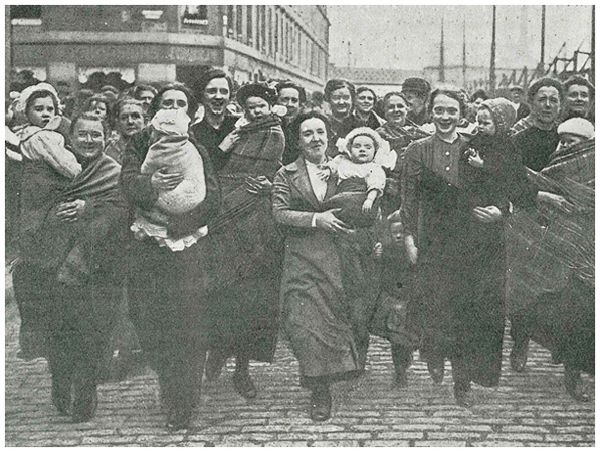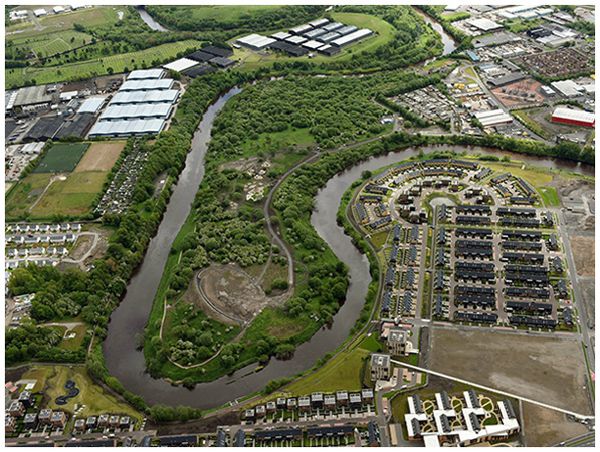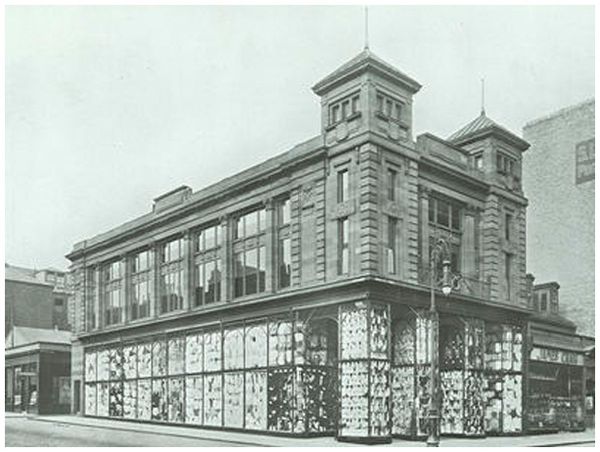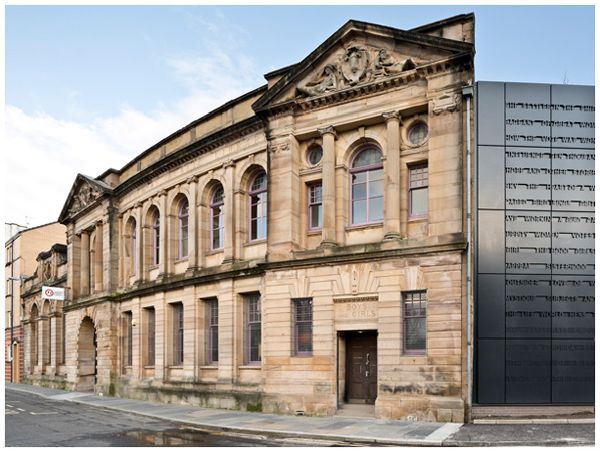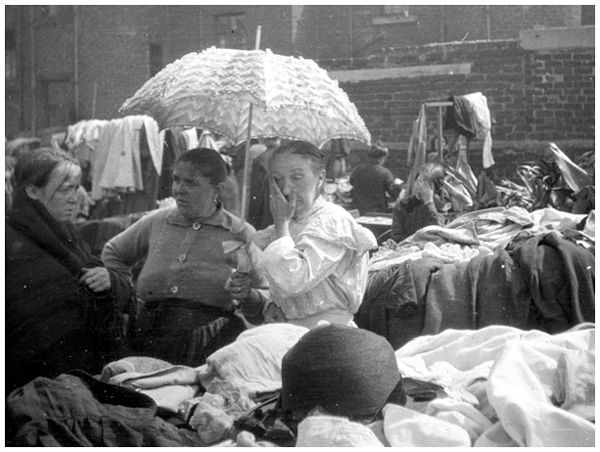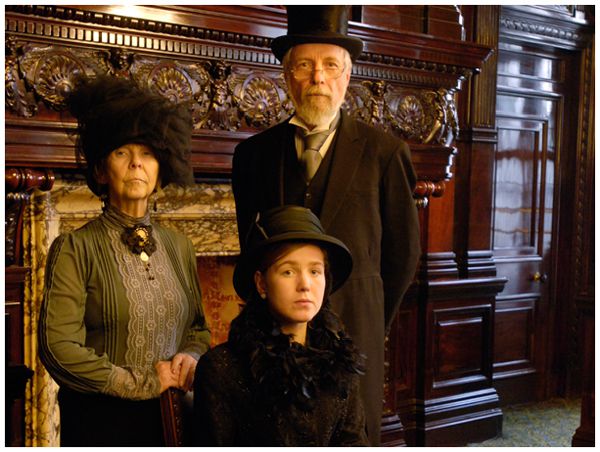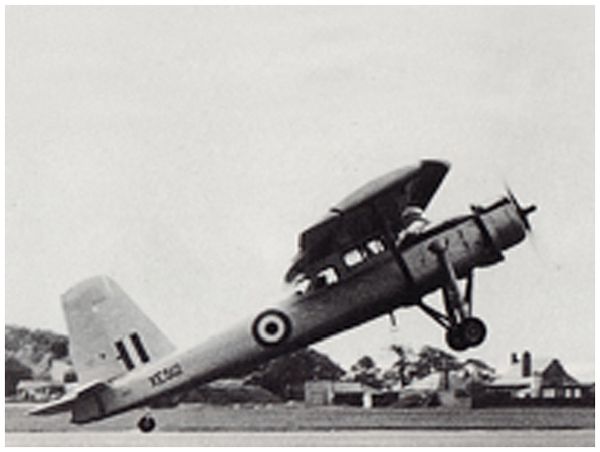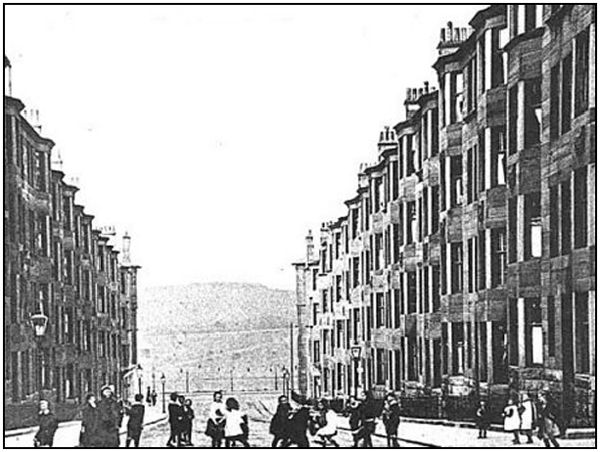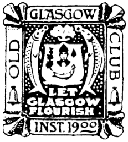Attendance: 79
Chair: Mr Stuart Little (President)
Welcome: Mr LIttle welcomed members and visitors to the March meeting.
The fire drill procedure and house keeping rules were explained and all mobile phones were requested to be turned off or to be on silent.
Mr Little advised members to still be aware of contingency plans should there be adverse weather conditions. If you have any doubt about a meeting taking place, please phone Adelaides on 0141 248 4970. Should the Directors decide to stand down a meeting, Adelaides will be informed and there will be posts on the Old Glasgow Club website and Facebook page.
Apologies: There were apologies from Isabel Haddow, Dorothy Blair, Petrina Cairns, Cath Wallach, Alistair Ross and Brian Henderson.
Minutes: The minutes of the last ordinary meeting, held on 9th February were approved and proposed by Glen Collie and seconded by Jim ??
There were no amendments or matters arising.
Members were reminded to sign up for emails if they would like to receive them electronically before the next meeting on April 13th.
President's Report: Mr Little asked members if they had taken part in the newly reinstated Club Quiz. Tonight's question was a photograph with the caption, "who would use this gauntlet,
Mr Little reported on the club's upcoming Summer events -
AGM: The Club's AGM is at Glasgow City Chambers, 11th May at 7.00pm. Members were advised that it is a 7.00pm start, and not 7.30pm like the OGC ordinary meeting. Entrance to the City Chambers is from Cochrane Street.
J.A.S. Memorial Walk, Thursday 18th May: "The Cunningar Loop," Dalmarnock is the destination for this years walk. James Winnett, who spoke to us at the October meeting is going to lead us on the walk.
Tappit Hen Bowling Tournament, Thursday 1st June: this bi-annual event is taking place at Kelvingrove Bowling Green, with optional refreshments afterwards (venue to be confirmed). It is free to play on the greens. Names are being taken at the signing in desk now. You don't have to play and are more than welcome to come along and spectate.
Summer Outing to Devil's Porridge Museum, 10th June: The cost of the coach trip and entry to the museum is £21.00 and £20.00 for concession, respectively. Names are being taken by Margaret at the signing in desk.
There is also an optional High Tea booked for 5.00pm at The Stag Hotel, High Street, Moffat. The cost is £8.95. Names are being taken by Shona at the coffee/tea table.
Secretary's Report: Mrs McNae advised us about events and happenings of interest for March, and beyond.
"Burrell at Kelvingrove: Joseph Crawhall" runs until July 2017 and "Frank Quitely: The Art of Comics" starts on 1st April at Kelvingrove Art Gallery and Museum.
Up-to-date information on current and upcoming events can be found at glasgow.ac.uk, www.glasgowlife.org/uk and peoplemakeglasgow.com.
Horrible Heidie Tours of Scotland Street School. Join this interactive tour and find out what school was like in the old days! Taking place on the 12th and 26th of March.
Ayewrite festival runs from the 9th - 19th March this year, with 200 authors taking part in 3 different venues. J. David Simons, who spoke to us at the club in February 2009 about his novel, "The Credit Draper", is speaking on the opening day. More information and brochure of events can be found at ayewrite.com.
Botanic Gardens are having a free Book Fair this weekend, 11th and 12th March, 10.00am - 4.30pm. There will be a large selection of books, old and new.
The Botanic Gardens are celebrating their 200th Anniversary this year. Lots of varied and interesting events will be happening throughout the year. For up-to-date information check glasgowbotanicgardens.com
Tesco Bags For Help Initiative - "Friends of Glasgow Necropolis" would appreciate your vote, if you shop at Tesco, and live North of the River Clyde. "The Friends of Glasgow Necropolis" is one of the groups on the shortlist and are raising funds for path improvements within the Glasgow Necropolis. Voting is open in stores throughout March and April. Customers will cast their vote using a token given to them at the check-out in store each time they shop."
BBC "The Replacement". Mrs McNae urges those of us that haven't been watching to try and watch it on catch up. Apart from being a good watch, it is set and filmed in Glasgow. Great to see so many of the city's locations, Hutcheson's Hall, the City Chambers, Merchant City, Dennistoun and the West End, to name a few.
A reminder was given to visit the OGC new website, which responds to your mobile devices and tablets is up and running.
Speaker: Mr Little said that we have come to the main reason that we are all here tonight, "Here are My Mountains, here is my Glen," and invites Glen to the stage to give us his talk, "Flights of Fancy."
Glen thanked Stuart, and said that he was giving a more traditional introduction than the one he gave us at his previous talk, "The Anchor Line."
Early Aviation in Scotland, and we were introduced to the early pioneers.
John Damian de Falcius, the alchemist to James IV, having failed to make gold said that he was going to fly from Stirling Castle. He created a set of wings made from chicken feathers, and, in September 1507, he pretty much went straight down into a dung heap and broke his thigh bone. He blamed his inclusion of chicken feathers, and not having exclusively used eagle feathers as his failure to fly.
James Tytler 1745 - 1804, a Scottish apothecary and the editor of the second edition of Encylopedia Britannica. Wearing only a cork jacket for protection in his 40 feet high and 30 feet wide balloon. On 27th August, his balloon rose to a height of some 300 feet, travelling for half a mile from the edge of Holyrood Park, Edinburgh to Restalrig. Mr Tytler indicated that it was an enjoyable flight.
It was the first balloon to carry a passenger, in not only Scotland but the UK, and predates Lunardi.
Lunardi, not only a balloon but also a type of balloon shaped bonnet and balloon shaped dress.
Vincenzo Lunardi, called "The Aeronautical Daredevil of the 18th Century", made a number of flights around the UK in a grand hydrogen filled ballon. The balloon comprised of some 1500 feet of green, pink and yellow silk, and was exhibited, in its floating state in Glasgow Cathedral, for the admission charge of one shilling.
On 23rd November 1785, a large crowd had gathered in St Andrew's Square, Glasgow to see Lunardi's balloon take off. It was successful, managing around a 2 hour flight, passing over Hamilton and Lanark before landing in Hawick.
His second ascent from Glasgow, a couple of weeks later did not go so smoothly. A local character, called 'Lothian Tam' managed to get entangled in the ropes as the balloon ascended. Tam was lifted almost 20 feet before being cut loose and falling, with apparently no serious injury. This flight ended after just 20 minutes, with the Grand Balloon landing in Campsie Glen, a little over 10 miles from Glasgow.
Let's move on to Percy Pilcher (1867-1899).
At the age of 13, Percy became a Royal Navy cadet. Fast forward to 1887 and he moved to Glasgow to become an apprentice with the shipbuilders Randolph, Elder and Company, where he became legendary for his ideas.
By 1890, he had moved to London and is attending University College, London. In 1891 Percy returned to Glasgow as an assistant to Glasgow University's newly appointed John Elder Professor of Naval Architecture, John Biles. This is a good job for Percy as it enables him to have time to explore his fascination of flying.
He took a flat in Byres Road, along with his sister Ella, who supported Percy in his endeavours of inventing and model making. She also helped him run up material for his gliders on her sewing machine.
For the next eight years Percy studied gliders and planes, and corresponds with other pioneers, like Hiram Maxim, who invented many things, from the mousetrap to the "Captive Flying Machine" (still operating in Blackpool) and Otto Lilienthal.
Percy contacted Otto Lilienthal and went to visit him to discuss Otto's famous gliding experiments, learning much from his well documented and famous gliding experiments.
Percy built four gliders - the Bat, the Beetle, the Gull and the Hawk. The Hawk is the most famous of gliders, but the first one to fly was the Bat, which was tested at Cardross in 1895. After several attempts, the Bat took it's first tentative flight and Percy became the first person in the United Kingdom to make an unpowered flight.
In the late summer of 1896, Pilcher regularly flew "The Hawk" from both sides of the hill at Upper Austin Lodge, near Eynsford, Kent. In June 1897, Pilcher gave his first public demonstration. A line was pulled by 3 boys, and the Hawk attained a height of around 70 feet before the line broke. He descended safely into the valley, achieving a glide of between 150 and 250 yards.
On the same day, Percy's cousin, Dorothy Pilcher also flew the Hawk, most likely being the first recorded instance of a woman flying in a heavier-than-air aircraft. Glen showed us a very interesting short piece of film made from still photographs of this historic day.
Percy was also in contact with Octave Chanute, another pioneer who was dedicated to the pursuit of aviation. Both Otto Lilienthal and Octave Chanute encouraged Percy to further his research and fulfil his goal of flying a heavier-than-air powered aircraft.
Over the next two years, he modified his glider designs, and believed he had answered the questions of how to control a powered aircraft. He had expanded to three wings, with a 4 h.p. engine, driving two propellers.
In late Summer 1899, Percy took his unflown triplane, and his glider, the Hawk to Stanford Park, Rugby. The weather was bad, so he was forced to postpone his attempt to become the first man to make a powered flight. The crowd were unsettled and had turned up to see a show. In order to appease them he flew the Hawk instead. Percy reached a height of nearly 30 feet when the wire in the tail snapped, he crashed to the ground and died, a few days later, aged 33.
There is a monument to him near Stanford Hall, at the point where his glider crashed.
Did he really fail! In 2003 research was carried out at Cranfield University, commissioned by the BBC2 television series Horizion. A replica triplane was built to try and show that Percy's design was more or less workable. A few adjustments were made to the original plans, adopting a wing-warping system similar to that used by the Wright Brothers and increasing the wing area to augment the primitive control system.
After a couple of not so successful attempts by pilot, Bill Brooks, it flew a few feet off the ground for 1 minute and 25 seconds, overtaking the Wright Brothers record of 75 seconds.
No one can be sure that Pilcher would have made the few adjustments, but he truly was a remarkable individual. If his life hadn't been cut short, if he had lived and been able to develop his engine, it is possible he would have succeeded in being the first to fly a heavier-than-air powered aircraft.
The next Scottish aviation heroes were the Barnwell Brothers, Harold and Frank. Born in Kent, but moved at a very young age to Balfron, Stirlingshire.
In 1907, the two brothers bought a business and premises between Stirling and Bridge of Allan, and formed the
Grampian Engineering and Motor Company Ltd. This would allow them the funding and premises to pursue their passion for aviation.
In 1907 they built their first powered aircraft which did not fly when tested at Cornton Farm, Causewayhead. By
December 1908, after some adjustments, they had completed building a monoplane that reached a speed of 25 mph on the ground but did not have the power to lift off.
The next plane was the Barnwell Biplane, which Harold succeeded in flying for 80 yards on 8th July 1909 (the first powered flight in Scotland), but the machine was damaged in landing. After repairs and modifications, further trials were carried out on 8th September. A height of 25 feet was reached before the plane was damaged beyond repair on the 10th September.
The final plane was designed by Harold alone. He made the longest flight of any Scottish pilot to that date on the 14th January 1911 at Causewayhead. He followed this on 30th January 1911 with a flight reaching a height of 200 feet, but damaged the plane on landing. The J.R.K. Law Prize of £50 was awarded by the Scottish Aeronautical Society for the flight of 14th January being 600 yards at a height of 50ft and 30th January being a distance of 1 mile in 11 minute 2 2/3 seconds. The damaged plane was repaired, and the last reported flights took place at Cambussdrennie Farm, Blair Drummond on 16th August and 13th October 1911.
It was probably natural that the great Beardmore and Company, Clydebank should decide to move into aviation in 1913.
The plan was for aircraft to be built at the Dalmuir works and engines at Heathfield. For aircraft, Beardmore acquired the UK rights for machines from D.F.W. (Deutsche Flugzeug-Werke, or German Aircraft works). A D.F.W. B2 and Arrow biplane were brought over from Germany. The Arrow was to have been the subject of a licence agreement between D.F.W. and Beardmore, with an intended purpose built factory for this in Richmond, Surrey.
The outbreak of war ended this alliance, and thoughts of a new factory, and the aircraft intended for the Daily Mail
'Seaplane Circuit of Britain' Race of 1914 were cancelled. The factory at Richmond may not have materialised, but in 1914 an airfield was built at Dalmuir and the first order from the Admiralty for 24 B.E.2C was received and Nieuport 12 (under licence). Records show that B.E.2C shot down Zeppelin over British soil.
Beardmore designed and built their own aeroplanes, as well as under licence. The W.B.1, W.B.II, W.B.III, W.B.IV, and W.B.V during the war.
Not only did Beardmore build aircraft, they produced engines, and by the end of the war 636 aircraft had been built at Dalmuir. With the cancellation of military contracts at the end of the war, production at Dalmuir effectively ceased.
In 1924 the Beardmore works at Dalmuir were re-opened after the Air Ministry gave a contract to Beardmore for the design and construction of an experimental aircraft. Between 1924 several aircraft were developed, among them the Wee Bee (ultra-light), W.B.XXV, W.B.XXVI (biplane fighter), Inverness (reconnaissance flying boat) and Inflexible in 1928.
On 23rd September 1916, an event took place that would change the course of the design of British airships (R33 class was in the design stage). 3 Zeppelins dropped bombs over London that day. One L33 was hit by anti-aircraft fire. The crew set fire to it, but there was still enough of the L33 left for it to carefully examined in order to observe the Germans' design and engineering secrets.
The R33 was constructed by Armstrong-Whitworth at Barlow, and the R34 by Beardmore and Company at Inchinnan. Construction began in 1918 and completed in March 1919. By the time H.M.A.R34 was completed and ready for her test flights, the war was over and she was too late for active service.
On the 14th March 1919, she had an uneventful maiden flight from Inchinnan, round Glasgow and was then returned safely to her shed. On 24th March, she left Inchinnan for a more extended trial. There was a problem during the trial and she was nursed home with some damage to her propellors, which caused the airship to be laid up for repairs.
On the 28th May she left Inchinnan for her new home at the main airship base at East Fortune, arriving the next afternoon. On the 17th June, the R34 left East Fortune for an endurance test over the Baltic, Denmark, Norway and Sweden, and arrived back on 20th June after a trip of some 54 hours.
It was decided to attempt the first return Atlantic crossing in an airship. The R34 left East Fortune on the 2nd July 1919 and arrived at Mineola, Long Island on 6th July. As the landing party had no experience of handling large airships, Major Pritchard jumped by parachute and became the first person to arrive in America by air. The R34 had crossed the Atlantic in 108 hours. This was the first East-West crossing of an airship and became the world endurance breaking record, a record that still stands. She stayed in America for 3 days, before returning home on 10th July, diverted to RNAS Pulham.
1st April 1921 and the R36 Airship, the third type of Zeppelin is rolled out. She was designed and developed at
Beardmores as an airliner to carry passengers, with 16 tonnes of lift and double cabins to accommodate 50 passengers. Sadly, after suffering damage during trials, and only making one commercial flight she was consigned to a hangar and eventually scrapped in 1926.
Winifred Drinkwater made aviation history in 1930 by becoming Scotland's youngest pilot at the age of 17, and the worlds first female commercial pilot when she was 19. In September 1932 she was awarded the Scottish Flying Club trophy for landing. And, in October 1932 at Renfrew Aerodrome, she won one of the Club's cups for air racing.
She met her husband, Francis Short, the director of Short Brothers aeroplane manufacturer, at Renfrew Aerodrome, whilst dismantling an engine, wearing dungarees and covered in grease. They were apparently engaged within four hours and married secretly in Dumfries, two weeks later. If you visit Clyde View Park, Braehead you will see her monument.
Another Scottish aviator of note was James Mollison, born in 1905. He joined the RAF and obtained his Short Service Commission at 18, which made him the youngest officer in the service. He was a highly skilled pilot and set many records. July/ August 1931 he set a record time of 8 days, 19 hours for a flight from Australia to England, and in March 1932, a record for flying from England to South Africa in 4 days, 17 hours.
Glen told us that he had hoped to give us a Scottish history of flight up until the present day, including the Prestwick Pioneer but he was going to leave it there. Glen hoped we found it as interesting as he does and invited members to ask him questions.
Q That was a very interesting and informative talk, Glen. How many experiments did Pilcher conduct?
A There's no record, but if you think of him sitting in his flat in Byres Road, surrounded by all his workings and drawings, there must have been thousands.
Q Where was the accommodation on the airships, and how big in relation to this room?
A In the R36, it was pretty luxurious. There were 2 berth cabins arranged along the sides of the car, and entry was via the nose of the ship.
Q I was interested in the part of Beardmore during the First World War. What happened?
A You would need to ask the financiers and politicians that question.
Q It is perhaps significant and due to cost, that the likes of Singer Sewing Machines, Clydebank stopped producing in Scotland?
A It has been said about just how scary it is to think that these things that are put out to tender, are built by the lowest bidder.
Q Has anybody put a compilation into a book on Scottish contribution to aviation?
A "A New Icarus" written by the Director of Smithsonian on Percy Pilcher.
"Beardmore Aviation: The Story of a Scottish Industrial Giant's Aviation Activities" by Charles Edward Mackay
Vote of Thanks: OGC member, Cameron Low told us that it was his pleasant duty to thank Glen for giving us an informative and entertaining insight into early Scottish Aviation.
AOCB:
Next Directors Meeting - Thursday 6th April, 6.15pm at Hutchesons Grammar School, Beaton Road.
Next Ordinary Meeting - Thursday 13th April, 7.00pm doors open for 7.30pm talk at Adelaides, Bath Street
